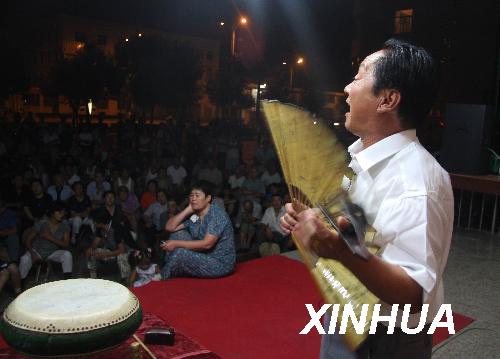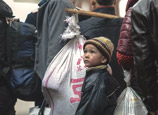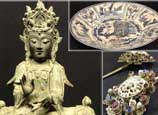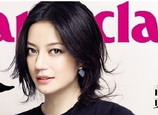
 |
| Shuoshu (Xinhua) |
In the days long before television and the Internet, shuoshu (storytelling) provided Chinese people with a means of hearing news, learning history and practicing language skills.
But in our age of information, this traditional art has fallen out of favor.
Shuoshu is a form of mass entertainment that originated around 2,000 years ago. Performers often wear gowns and sit or stand behind a table to tell stories of ancient Chinese history in teahouses or theaters. Performances may feature local dialects.
In Hangzhou, shuoshu is also called Hangzhou pinghua and originated during the Southern Song Dynasty (1127-1279) as the royal court retreated from northern Henan Province and took the south city as its capital. In Hangzhou, locals adapted the art by giving performances in the Hangzhou dialect, sometimes with Henan dialect.
This unique style of shuoshu flourished from the Southern Song Dynasty through the 1980s. However, it has declined in recent years, with "a smaller audience, fewer performers and fewer venues," said Li Zixin, an 80-year-old Hangzhou pinghua performer.
The octogenarian grew up listening to pinghua and has performed the art throughout his life, except for during the "cultural revolution" (1966-1976). During that time, Li, who was a big name in pinghua, worked as a farmer. On his return to performing, he found "almost every community in the city had a theater because people needed cultural things badly then."
But this popularity did not last much longer. With the arrival of television in every household, people's passion for listening to historic stories in teahouses waned.
Since then, Hangzhou pinghua has been listed as an intangible cultural heritage, while Li, said to be the only practitioner who can still tell Eastern Han Dynasty (AD 25-220) stories, is recognized as an "inheritor" of the cultural heritage.
Today there are only two pinghua theaters in the city, one in a seniors' center of Xidaguan No. 1 Community and the other in Happy Teahouse at Gongchen Bridge.
Shanghai Daily visited the seniors' center to take in a show. Currently, female pinghua performer Zhu Jianping performs there every day.
On the day of our visit, Zhu was reciting part of the story of the "Generals of the Yang Family," detailing the military exploits of the Yang family during the early years of the Northern Song Dynasty (960-1127).
Following tradition, a story is told in more than 100 sections - each about two hours. So to finish a story can take months.
Without any make-up, Zhu acted the different roles in the story: men and women; old and young; sometimes animals too.
A folded fan, a gavel and sometimes a handkerchief were her only props. The gavel is to strike the table to attract attention - especially at the beginning and end - and to strengthen the effect of the performance.
The handkerchief is used when the performer wipes tears away or writes a letter.
The fan is a very versatile prop which can represent a weapon, a pen and a cane, among other objects, when folded; an oar when half open; and the sail of a ship when fully open.

















 Beijing style: Duck, opera, fog and cough...
Beijing style: Duck, opera, fog and cough...


![]()
